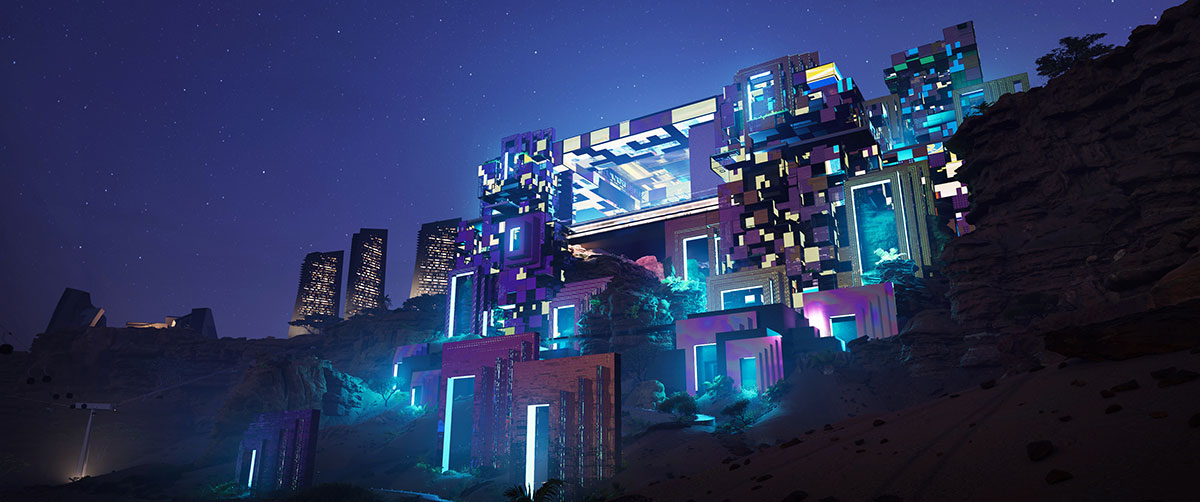“An iconic multi-use venue that is designed to further enhance Qiddiya’s philosophy of the Power of Play”, this is how the heads of the design and architecture studio Populous present the dazzling project to which we dedicate this space. With this “power of play”, the axis around which the project of projects that Qiddiya, capital of leisure, sport and culture in Saudi Arabia, revolves, refers to the activities that, in these categories, serve the quality of life of visitors, residents and the local population. The project is that of the Prince Mohammed Bin Salman Stadium, a new facility on top of the Tuwaiq cliff in Qiddiya, 200m above sea level, which will be “a must-visit destination”.

Indeed, Populous’ design promises a sports stadium that will integrate the latest information technology with audio-visuals on the pitch and in the stands, with a retractable roof and a wall of LED lights. The latter will be used for “live event broadcasts, high-definition films and laser shows”. The 45,000 spectators will be able to enjoy an immersive experience as they witness the competitions of the world’s top clubs. The FIFA-compliant pitch will also be home to Saudi football clubs Al-Hilal and Al-Nassr, and will form part of Saudi Arabia’s bid for the 2034 FIFA World Cup.
One of the most striking features of the Prince Mohammed Bin Salman multi-purpose sports complex will be “an eco-friendly cooling lake built directly under the stadium”. This will be fed by rainwater and will be used to “pre-cool” the air-conditioning system to reduce energy consumption.

Abdullah bin Nasser Aldawood, CEO of Qiddiya Investment Company, the developer of this stadium project as well as the other projects in the “capital for entertainment”, said that the Prince Mohammed Bin Salman Stadium has been designed with the aim “to put the spectator at the centre of the experience”.
Meanwhile, Chris Lee, managing director of architectural firm Populous said that “the level of embedded technology will enable both incredible gaming and entertainment experiences and a new way for fans to watch and enjoy football itself”.

Finally, Rhys Courtney, project manager for the futuristic stadium, says the design was inspired in part by its location on top of the Tuwaiq cliff. That’s why the cubes and portals “spill down” it in “a massive digital canvas that interacts with users at different scales, from street-level vistas to the three-sided seating bowl experience, to citywide views”.
Here is the presentation of the project in this VIDEO.






